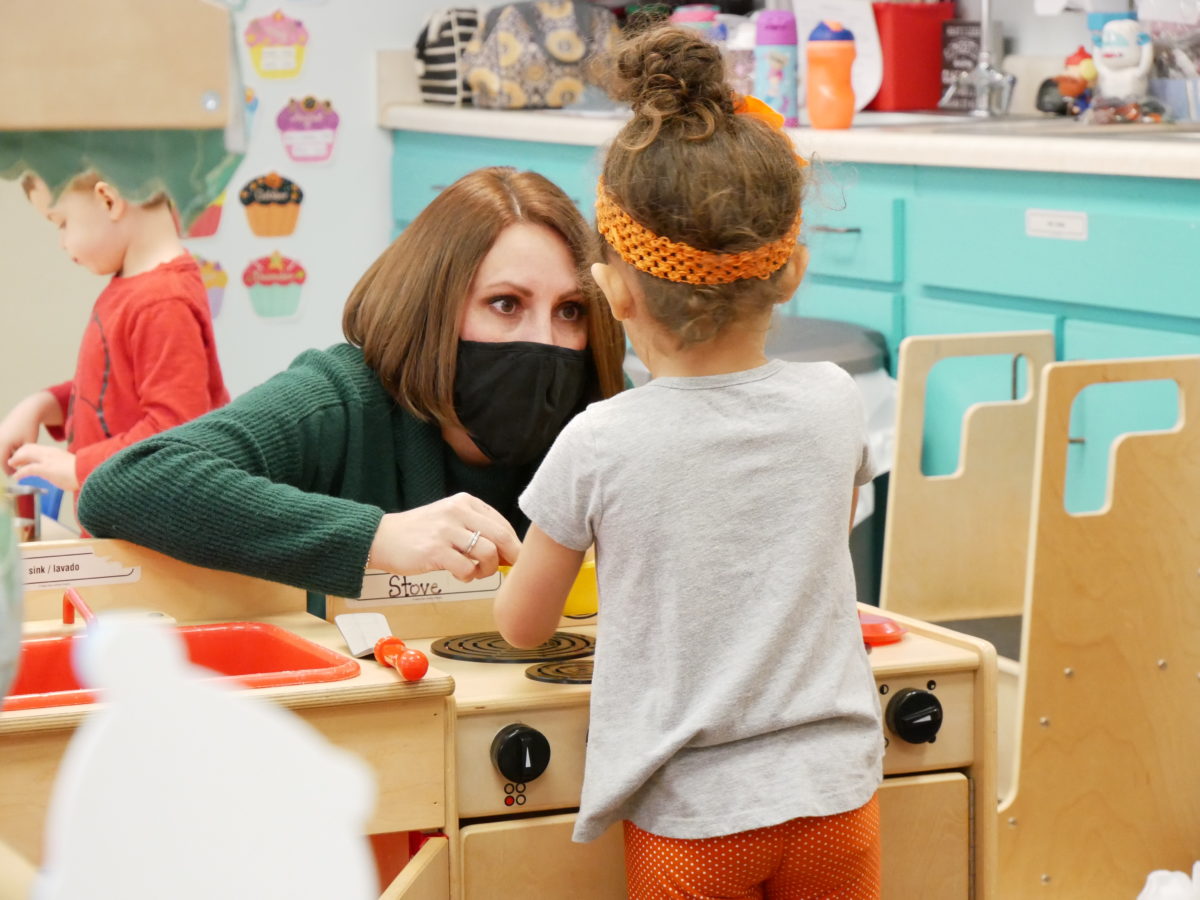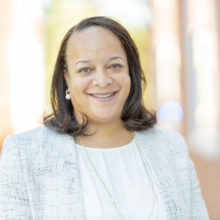
|
|

Lessons from the past school year. Plans for the year ahead. For EdNC’s Special Report, we asked leaders to share how the pandemic impacted education & what that means for the future. Read the rest of the series here.
I’ve been dealing with the first anniversary of our COVID-19 lockdown with the same mix of incredulity, sadness, and vague stirrings of hope as most of the educators I know. There’s also a healthy dose of caution, given the constantly shifting sands and continuing list of unknowns. We’re all reflecting on the range of losses we have experienced as parents, as community members, and as people who care deeply about education.
Aside from health care, no sector has felt the effects as acutely as education, and we’re tallying the consequences. Some models suggest that by fall of 2021, students will have lost anywhere from three months up to a year of learning, depending on the local impact covid-19 has had on their schools and families.
This is cause for alarm, and these challenges sit on top of the long-standing inequities in our education system that have only become more visible during the last year. But this is no time for resignation and despair.
Instead, now is the time to take action so that we can ensure this isn’t a lost year. If we commit ourselves to addressing the challenges facing education and learners of all ages, we might find ourselves on a better path than the one we were on pre-covid-19.
So, how can we work to ensure this isn’t a lost year?
First, at a time of unprecedented upheaval, we need data so that we can identify our most pressing challenges and focus our attention on the specific problems of each classroom, school, and community.
To paraphrase a famous quote, without data, we are just working off opinion and guesses. We must have information to make thoughtful decisions about what to prioritize and how to use limited resources to help our students as the clock counts down for this year.
Formative assessments — those that teachers use to evaluate where students are at a particular time — would give insight to what has been lost as well as gains we’ve made. This is likely to differ by student and classroom due to the disparate impact of the pandemic — which has differed by family and by neighborhood.
We must also prioritize surfacing the lessons learned during the last year. For many, this has started with the recognition of just how much schools and educators do for society — from addressing not just academic needs but also nutrition, social-emotional supports, and safety.
This has certainly been a time of innovation and experimentation, growth and creativity. Educators have learned promising new practices, and we need to capture these emerging best practices and apply them across the field.
The sharing of practices has been especially hard when physical distancing has meant isolation and excessive demands have left limited time, but there has been no more important time to do so given the continuing complexities students, families, and educators face. Notably, federal and state governments could play an important role in the collection and sharing of data and information gathered to help provide guidance and share impactful practices and activities.
Next, we need to rethink the traditional school calendar and consider increasing the amount of learning time for students. The past year has shown us that we are not necessarily constrained by bus schedules and student travel. Schools that have established the infrastructure for virtual learning may find it helpful to continue to rely on technology to provide students with academic resources or instruction outside of the typical school day. And, as much as students may protest, we also need to consider using the summer months to make up for lost time. Some school districts are already considering this.
The past year also underscored the deep value of the supports schools provide outside of academic instruction, and these must be prioritized to address the strain on mental health and the very real trauma that some students have experienced during this tumultuous time.
During a regular year, schools are a means to providing access to a range of professionals in addition to classroom teachers — school counselors, learning specialists, teaching assistants, and school nurses — who are trained to notice and address myriad challenges related to students’ physical, mental, and emotional well-being. The need for these professionals, and teachers trained to provide trauma-informed instruction, is only growing.
Throughout our work, we also need to think carefully about what school can’t do alone. The pandemic underscored for many that community-based organizations are also an important part of our educational system, because when the quarantine went into effect, we missed the many supports they provide, like after-school, recreational, and tutoring programs.
School partnerships are critical, and when executed well, such partnerships can help to provide students and their families with a more thorough web of supports than a school can do alone.
Sign up for the EdDaily to start each weekday with the top education news.
Thankfully, there are wonderful examples of programs that have successfully leveraged community resources for the betterment of students, long before the pandemic hit. For example, the Harlem Children’s Zone is an inspiring example. There have also been efforts that focus on engaging older students to help younger students with their academic work, which can be beneficial for both, and there have been proposals to establish a nationwide tutoring initiative similar to AmeriCorps model.
Of course, the need for data and networks, extended learning time, supports for mental and emotional well-being, and an expanded cadre of supports can be complicated and resource intensive.
The good news is that we are not starting from square one; there are examples of successful models and evidence-based approaches that could be scaled with some investment. From high-impact tutoring and virtual advising to the use of technology to support student writing and to facilitate peer-to-peer learning opportunities — we can learn from all of these models.
During a time when all of the usual assumptions have been questioned, this is exactly the time for bold ideas. There are ways to combat learning loss, if we are willing to provide the necessary resources and work to scale them.
As we move into the second year of pandemic disruption, we’re all grappling with changes both big and small that have come into our lives. But learning loss does not have to be one of those lasting legacies.
This could be a time when we double down on what we know works and expand our knowledge of new promising innovations and practices. It is well within our power to create circumstances for all children to succeed and ensure that this time does not derail the future of a generation.
But we need to act now.
The following piece from Bridget Terry Long, Dean of the Harvard Graduate School of Education, was first published in March 2021.

